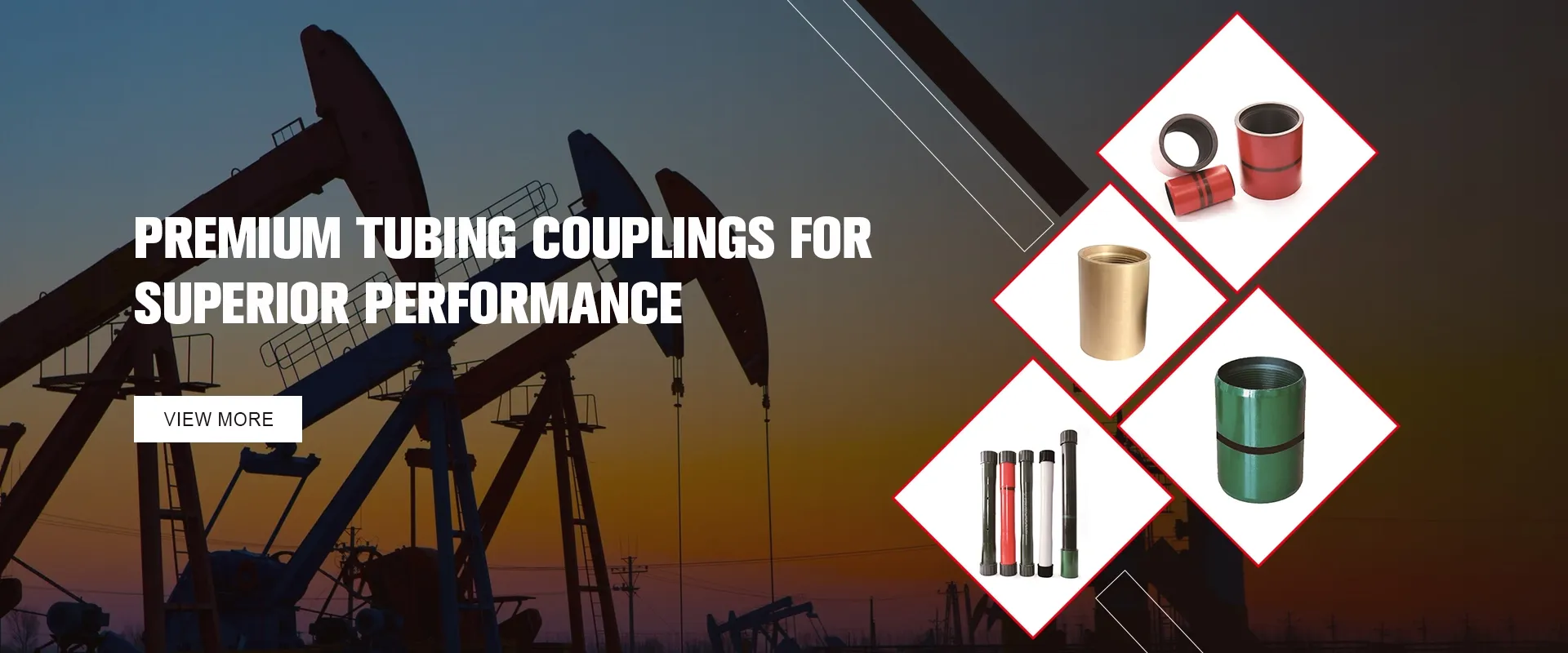- Afrikaans
- Albanian
- Amharic
- Arabic
- Armenian
- Azerbaijani
- Basque
- Belarusian
- Bengali
- Bosnian
- Bulgarian
- Catalan
- Cebuano
- Corsican
- Croatian
- Czech
- Danish
- Dutch
- English
- Esperanto
- Estonian
- Finnish
- French
- Frisian
- Galician
- Georgian
- German
- Greek
- Gujarati
- Haitian Creole
- hausa
- hawaiian
- Hebrew
- Hindi
- Miao
- Hungarian
- Icelandic
- igbo
- Indonesian
- irish
- Italian
- Japanese
- Javanese
- Kannada
- kazakh
- Khmer
- Rwandese
- Korean
- Kurdish
- Kyrgyz
- Lao
- Latin
- Latvian
- Lithuanian
- Luxembourgish
- Macedonian
- Malgashi
- Malay
- Malayalam
- Maltese
- Maori
- Marathi
- Mongolian
- Myanmar
- Nepali
- Norwegian
- Norwegian
- Occitan
- Pashto
- Persian
- Polish
- Portuguese
- Punjabi
- Romanian
- Russian
- Samoan
- Scottish Gaelic
- Serbian
- Sesotho
- Shona
- Sindhi
- Sinhala
- Slovak
- Slovenian
- Somali
- Spanish
- Sundanese
- Swahili
- Swedish
- Tagalog
- Tajik
- Tamil
- Tatar
- Telugu
- Thai
- Turkish
- Turkmen
- Ukrainian
- Urdu
- Uighur
- Uzbek
- Vietnamese
- Welsh
- Bantu
- Yiddish
- Yoruba
- Zulu
casing coupling
Understanding Casing Couplings in Oil and Gas Operations
In the oil and gas industry, the extraction of resources relies heavily on a series of intricate systems and structures, one of which is the casing and coupling system. This essential component ensures the stability and integrity of wells during drilling and production activities. Casing and its associated couplings play a critical role in securing the borehole and preventing fluid leakage, which is vital for both safety and environmental reasons.
What is Casing?
Casing refers to a series of steel pipes that are inserted into the borehole after drilling. Its primary purpose is to stabilize the wellbore, prevent the collapse of the formation, and isolate water zones, thereby protecting freshwater aquifers from contamination. Casing also facilitates drilling operations by providing a solid structure to work within. It is usually installed in sections and ranges in diameter depending on the depth and geological conditions.
The Role of Couplings
Couplings are specialized connectors that join the sections of casing together. They are typically threaded at both ends, allowing them to be screwed onto the casing pipes. The quality and strength of couplings are crucial as they must withstand high pressures and harsh environmental conditions often encountered in oil and gas operations. The design and manufacturing of these couplings must consider factors such as tensile strength, corrosion resistance, and compatibility with different types of casing materials.
Types of Casings and Couplings
There are several types of casings, including surface casing, intermediate casing, and production casing, each serving a specific purpose within the drilling process. Surface casing, the first layer of protection, stabilizes the upper section of the well, while intermediate casing addresses deeper geological layers. Production casing, on the other hand, allows for the extraction of oil or gas once the well is completed.
casing coupling

Couplings come in various designs to cater to different casing types and operational needs. Some popular types include threaded couplings, which provide a tight and secure fit, and welded couplings, known for their strength and durability. Additionally, specialty couplings are available to accommodate specific requirements, such as expandable couplings for wells that experience pressure fluctuations.
Importance of Quality Control
Quality control in the production of casing and coupling materials is paramount. Given the extreme conditions encountered in oil and gas fields, the integrity of these components can have significant ramifications. Faulty casings or couplings can lead to catastrophic failures, including blowouts and environmental disasters. Therefore, rigorous testing and inspection processes are implemented to ensure that these components meet high industry standards.
Innovations in Casing and Coupling Technology
Recent advances in technology have further enhanced the performance of casing and coupling systems. For instance, the development of new materials, such as corrosion-resistant alloys and composite materials, offers improved durability and longevity. Additionally, innovations like integrated monitoring systems allow operators to assess the condition of casings and couplings in real-time, enabling proactive maintenance and reducing the risk of failure.
Conclusion
In summary, casing and coupling systems are vital to the safe and efficient extraction of oil and gas resources. Understanding their roles, the various types available, and the importance of quality control can empower operators to make informed decisions in their drilling operations. As the industry progresses towards more advanced technologies, the evolution of casing and coupling systems will continue to play a crucial role in ensuring the sustainability and safety of energy production.
-
Well Casing Extension Couplings – Applications and InstallationNewsJun.06,2025
-
Types of Crossover Subs in Drilling & CompletionNewsJun.06,2025
-
Key Features of High-Quality Tubing Pup JointsNewsJun.06,2025
-
Installation and Maintenance Tips for Steel Couplings for PipeNewsJun.06,2025
-
How to Select the Right Pup Joint for Oil & Gas OperationsNewsJun.06,2025
-
Applications of Stainless Steel Pipe CouplingsNewsJun.06,2025







